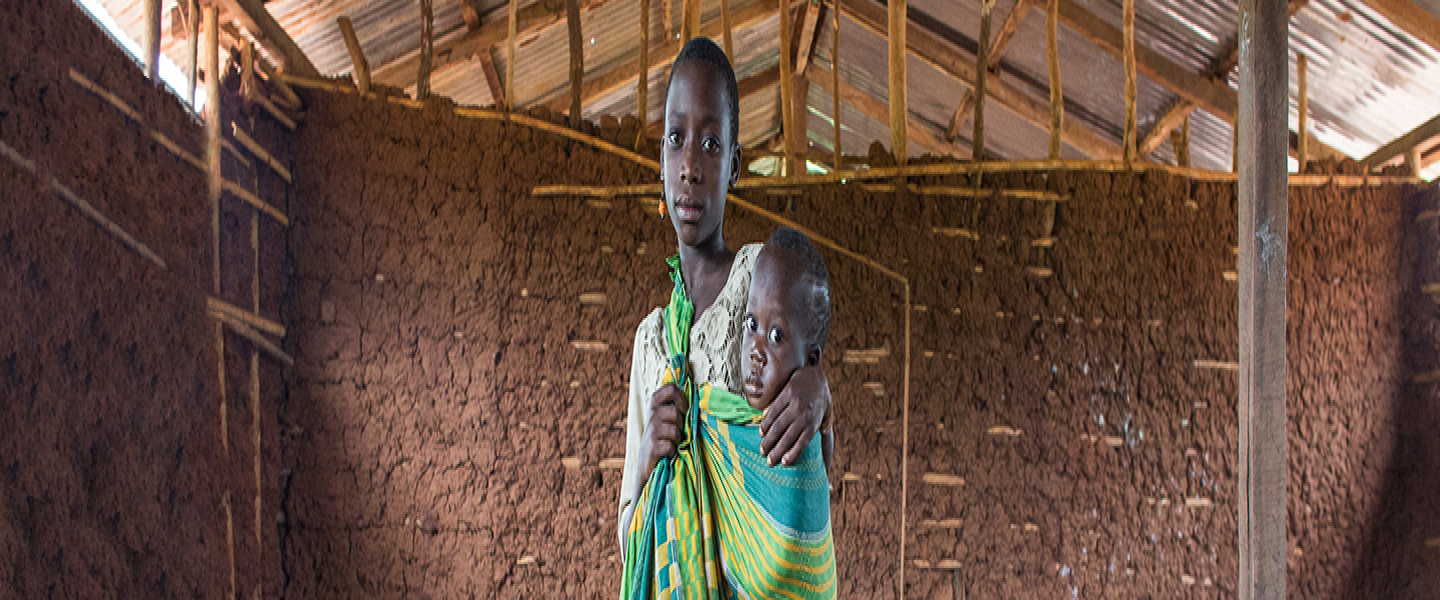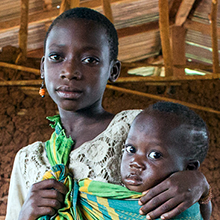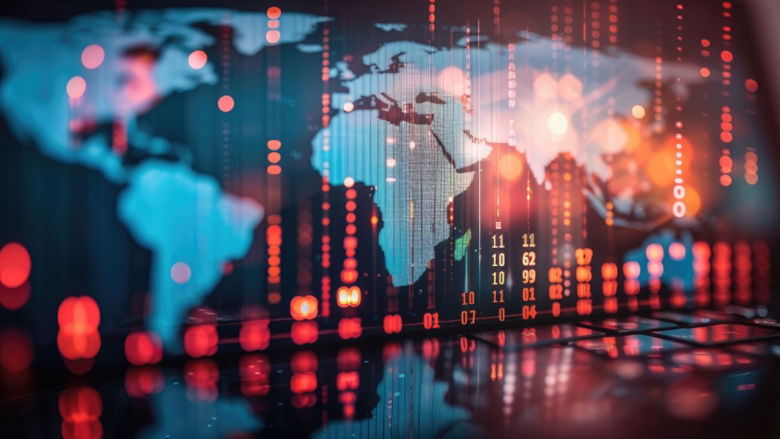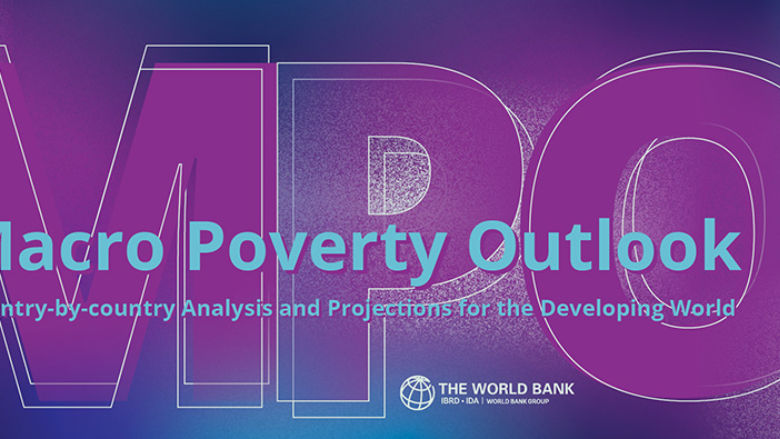From 1990 to 2025, the total number of people worldwide living in extreme poverty declined from around 2.3 billion to around 831 million. The sharp decline over this period was largely driven by robust, broad-based economic growth in East Asia and South Asia.
Over the last decade, however, global poverty reduction has slowed substantially. This slowdown is due to a combination of interconnected crises, including sluggish economic growth, high levels of debt, the effects of the COVID-19 pandemic, conflict and fragility, and severe weather-related shocks.
These overlapping crises have hit low-income countries the hardest. At the current pace of progress, it could take decades to eradicate extreme poverty.
In 2025, an estimated 831 million people were living in extreme poverty, each trying to survive on less than $3 per day.
Extreme poverty has become increasingly concentrated in Sub-Saharan Africa, and places affected by conflict and fragility.
Although a necessary condition, economic growth is not enough to break the cycle of poverty. Stronger foundational investments in infrastructure, human capital, and institutions are critical to ensure people can climb the socioeconomic ladder and escape extreme poverty.
World Bank Group Response
We work with countries to achieve stronger, more broad-based economic growth that creates jobs and opportunities that can lift people out of poverty, while protecting the most vulnerable.
To guide policy decisions, we monitor and track progress toward the World Bank Group’s vision of creating a world free of poverty on a livable planet.
Our cutting-edge knowledge, data, and analysis help countries identify impactful solutions to reduce poverty and improve people’s lives.
We support efforts to boost global coordination, which is essential to closing the financing gap for development and reigniting progress in the fight against poverty.
Last Updated: Oct 02, 2025





